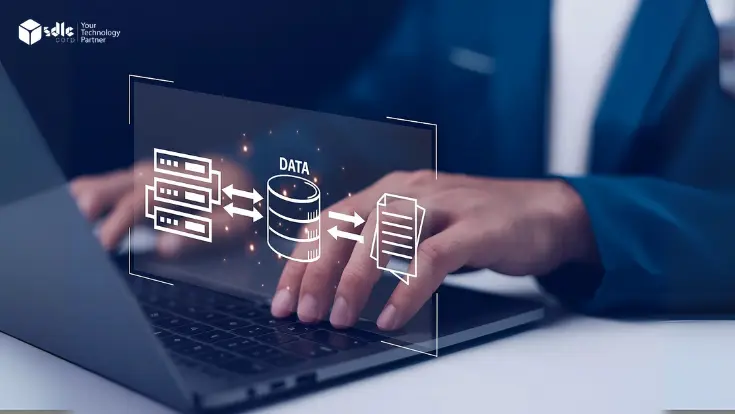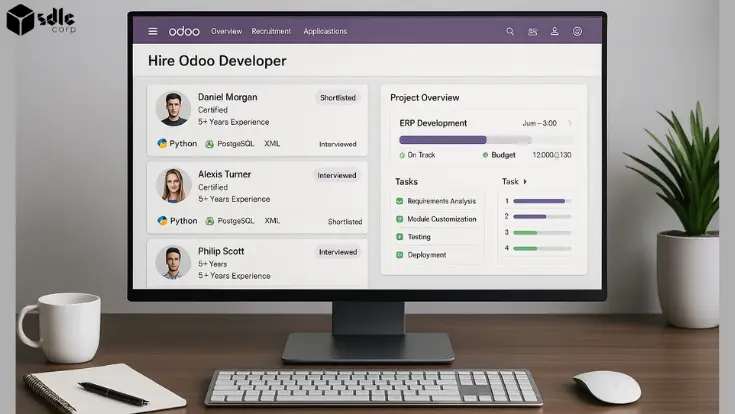Board games have long been a cornerstone of social entertainment, bringing people together around strategy, competition, and storytelling. In today’s era of digitization and rapid tech innovation, board games are no longer confined to cardboard and plastic they’re being reinvented as immersive mobile apps, interactive desktop games, and hybrid formats that blend physical gameplay with digital enhancements.
The basic cost to develop a board game in 2025 starts from $25,000, while high end, feature-rich games can cost up to $100,000 depending on the platform, complexity, and development scope. Overall, the cost of board game development can vary significantly based on your vision and the technologies used.
Market Overview of Board Game Development

The global board game industry is undergoing a powerful resurgence.
According to Statista, the market is projected to exceed $30 billion globally by 2026.
Digital transformation of classic games (like Monopoly and Risk) has driven mobile and desktop versions.
Increased interest in family-oriented entertainment has boosted demand post-pandemic.
Crowdfunding platforms like Kickstarter have helped indie developers launch new titles.
Hybrid board games combining physical and digital formats are growing in popularity.
Board game apps are attracting a broader, global gaming audience than ever before.
Explore More How To Create A Board Game Step By Step Guide For Beginners
Factors Affecting Board Game Development Cost
Game Concept and Design

Game type: Strategy, trivia, or RPG defines scope and structure.
Player setup: Number of players and session length shape design.
Game mechanics: Determines rule complexity and player engagement.
Unique components: More custom pieces increase production cost.
Explore More The Basics Of Board Game Development A Step By Step Guide For Beginners
Artwork and Illustration
Custom illustrations: Hiring illustrators adds professional appeal.
Component design: Artwork for boards, tokens, and cards.
Packaging visuals: Influences first impressions and marketing.
Game Development Type
Physical production: Includes prototyping and manufacturing.
Digital development: Requires coding, animation, and UI/UX.
Hybrid games: Combine both for interactive gameplay experiences.
Platform and Technology Stack (Digital Games)
Game engines: Tools like Unity or Godot power gameplay.
Backend services: Manage multiplayer, storage, and game logic.
Cross-platform: Ensures game works across devices.
Explore More Future Of Mobile Gaming Trends
Marketing and Distribution

App store listings: Requires ASO for visibility.
Online ads: Paid campaigns boost reach and installs.
Community engagement: Platforms like Discord build user loyalty.
Must-Have Features in a Digital Board Game
Multiplayer Support

Enables players to compete with friends or random users in real time.
Offers private rooms, matchmaking, and turn-based multiplayer modes.
Drives higher user engagement and replay value.
Explore More Mastering Mechanics Key Elements For Successful Board Game Development
Cross-Platform Access

Ensures seamless gameplay across iOS, Android, desktop, and tablet.
Increases user retention by supporting logins on multiple devices.
Appeals to a broader global audience.
Leaderboards

Ranks players based on points, wins, or achievements.
Encourages competitive play and user loyalty through ranking tiers.
Promotes daily/weekly logins with reward-based leaderboard incentives.
AI Bots

Provides solo gameplay options when multiplayer isn’t available.
Offers difficulty levels (Easy, Medium, Hard) to challenge players.
Useful for training, practice, or casual offline gaming.
Explore More Top 10 Ar Board Games
Tutorials

Helps new players learn rules via interactive or guided walkthroughs.
Boosts first-time user experience and onboarding retention.
Reduces confusion, abandonment, and support tickets.
Social Features

In-app chat, friend invites, and real-time messaging enhance social play.
Encourages community building and player retention.
Can be expanded with emojis, voice chat, or reactions.
Custom Skins

Allows users to personalize their game board, dice, or avatars.
Unlockable through achievements or in-app purchases (IAP).
Increases user investment and monetization potential.
Board Game Development Cost Breakdown
| Tier | Basic | Standard | Premium |
|---|---|---|---|
| Estimated Cost | $25K – $30K | $35K – $60K | $70K – $100K+ |
| Timeline | 4–6 weeks | 10–12 weeks | 20–24 weeks |
| Game Modes | Single Player | Multiplayer + AI Bots | Multiplayer + Tournaments |
| Platform Support | Android or iOS | Android + iOS | Android, iOS, Web |
| Core Features |
|
|
|
| Monetization | Ad-based | In-app Purchases | Subscriptions + Merch Sales |
| Backend & Admin | Basic Score Logs | Player Analytics Dashboard | Full Admin CRM & Game Control |
| Support | Email Support | In-app Support + Feedback | 24/7 Live Chat + Community Hub |
| Maintenance | 1 Month Post-launch | 3 Months | 6–12 Months + Ongoing Updates |
Technology Stack for Board Game Development

Monetization Models for Digital Board Games

Freemium: Users play for free but encounter ads and optional in-app purchases for upgrades.
One-time Purchase: Players pay a single upfront fee for full access without ads or additional costs.
In-App Purchases (IAPs): Offer extra content like cosmetic skins, power-ups, or level unlocks within the app.
Subscription Plans: Users pay recurring fees to access exclusive features, levels, or ad-free gameplay.
Ad Monetization: Generate income through banner, interstitial, or rewarded video ads shown during gameplay.
Merchandise Sales: Sell branded toys, apparel, or collectibles to fans of the game.
Testing and Launch Strategy

Unit Testing: Checks each feature individually.
Alpha Testing: Internal test to fix critical bugs.
Beta Testing: Feedback from early access users.
Device Compatibility: Ensure app runs on all devices.
How to Choose the Right Board Game Development Company
Portfolio: Look for games similar to your concept.
Full-stack team: Includes design, development, and QA.
Support model: Offers bug fixes and future updates.
Client feedback: Read testimonials or case studies.
Pricing clarity: Transparent costs with no surprises.
Explore More How To Design Your Own Professional Board Game A Complete Guide
Post-Launch Services: What to Expect
Analytics: Understand user behavior and engagement.
Content updates: Keep the game fresh and exciting.
Bug fixes: Resolve reported issues quickly.
User support: Help players with problems or questions.
Conclusion
Whether you’re building a physical tabletop experience or launching a digital board game app, the investment is worth it with the right execution. The board game development cost is offset by long-term engagement, player retention, and diverse monetization options like in-app purchases, subscriptions, and merchandise sales. With a reliable development partner, you can accelerate go-to-market timelines, ensure quality production, and maximize ROI from day one.
Hire Game Developers with expertise in physical and digital board game solutions
Have a concept in mind? Contact Us Today to turn your idea into a playable success!
FAQ's
What Is The Cost Of Developing A Digital Board Game App?
What Factors Affect The Board Game Development Cost?
Is It Better To Create A Digital Or Physical Board Game?
Can I Build A Multiplayer Board Game App?
Which Platforms Are Best For Digital Board Game Development?
How Long Does It Take To Build A Board Game?
Developing a basic board game takes 4-6 weeks while advanced digital games with multiplayer or custom features may take 20-24 weeks or more.
Should I Hire A Game Developer Or Game Development Company?
For high-quality results, hiring a game development company is recommended. They provide full-cycle services, from design to post-launch support.

















